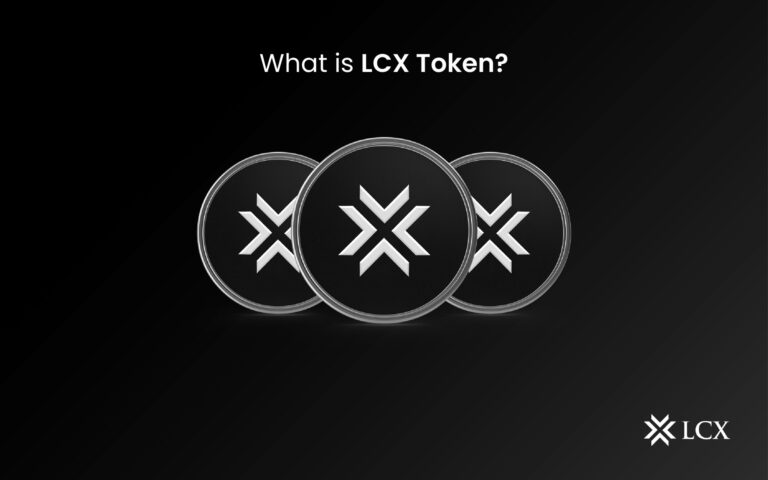Trading signs are vital for people who work in the financial markets. They help you figure out when to buy or sell goods. Traders use these signs to help them decide what to do. These signs come from different places and each has its way of making them. In today’s fast paced trade world trading signs are vital.
If you understand these signs you can do better in investing. The stock market is constantly changing. For investors to get through these changes they need tools. Trading signs are like a road plan in the world of finance which is constantly changing. They have a significant effect on how the market moves. Both investors and traders use these signs to plan their moves.
Understanding Trading Signals
When you want to buy or sell something in the market trading signals show you. Traders use these signs to decide what to do. Technical fundamental or emotional cues can be used to trade. Patterns and trends in the market are what technical signs are all about. Fundamental signs look at things like business success and economic data. Sentiment based cues show how the market is feeling.
Some traders make signs by hand. To make these signs they look at images and data. Others depend on computerized methods. These systems create signals using algorithms. It changes how reliable these signs are. Traders need to know what kind of information it is and where it comes from. The better you understand the better buying choices you can make.
How Trading Signals Influence Market Movements
Trading signs have a direct effect on how the market moves. They make buyers want to do something. The desire for an item may increase if there is a hint to buy. Prices may go up because of this rise. In the same way a sell indicator can cause more availability. Prices may go down after this rise. A lot of the time short term players move quickly on signs.
Prices can change quickly because of what they do. Signals can help long term buyers change their plans which could affect more significant market trends. Trading signs often show how the market as a whole feels. Their impact on the market grows as more buyers follow them. Because of this, trading signs are essential for moving the market.
Key Components Of Effective Trading Signals
Reliability: Trading signs that work must always give similar results in similar market situations. Traders believe the signal because it has a history of making accurate guesses which allows them to make confident decisions.
Accuracy: The accuracy of a trade signal is critical because it determines how likely it is to guess how the market will move correctly. When dealing with problems, consistency improves things, lowering the chance of making bad choices.
Signal Strength: Signal strength is the intensity or clarity of a signal. Strong signals are clear signs of where the market is going. They help traders make decisions more confidently so they don’t have to wait or wonder before trading.
Timing: The timing of a trade signal has a big impact on its effectiveness. Signals need to be sent at the right time so traders can move quickly in changing markets, take advantage of opportunities or avoid losses.
Market Conditions: Signals that work take into account the current state of the market and can change to different situations. It is essential to be in sync with the market because a hint that works in one situation might not work in another.
Common Trading Signal Strategies
1. Moving Averages
Moving averages make price data more even so that trends can be seen. When the short term and long term moving averages pass over each other the direction might be changing. It would help if you bought when a shorter moving average goes above a longer one. On the other hand a crossing below means you should sell. Traders can use this technique to figure out the way of a trend and possible entry or exit spots.
2. Relative Strength Index Rsi
The Relative Strength Index RSI checks how fast and how much prices change. It helps traders determine when the market is too expensive or too cheap. With an RSI above 70 an asset will likely be overvalued which could signify it time to sell. An RSI below 30 means a stock is oversold which could be a sign to buy. RSI can help you figure out when to enter and leave the market.
3. Fibonacci Retracement Levels
Based on the Fibonacci pattern Fibonacci Retracement levels show possible support and resistance areas. Traders use these marks to guess when prices will go back down in a market that is moving in a specific direction. There are 61.8 23.6 38.2 and 50. When a price returns to one of these levels it might change direction giving you a chance to buy or sell.
4. News Based Signals
News signs from significant events in the news affect how people feel about the market and its volatility. Economic reports, salary statements and changes in geopolitics can cause substantial price changes. Traders monitor financial plans and news feeds to guess when these will happen. Traders can profit from fast changes in the market by responding quickly to signs based on news. However time and accuracy are significant.
The Role Of Technology In Trading Signals
These days technology is essential for trade signs which are vital for algorithmic trade. Trades are made instantly by algorithms that use already set factors. These devices can analyze a considerable amount of data and send signs much faster than people can. AI and machine learning are also varying the way trade signs work.
These technologies use past data to build models that can predict the future. They change with the times in the market. Automated signs are quick and valuable. Of course buyers need to know what their limits are. Technology makes trade signs better but it could be better. Traders who do well know how to use both technology and their senses.
Conclusion
In the stock market trading signs are handy tools. They help buyers make smart choices and significantly affect the market movement. Understanding their parts, tactics and risks is essential. Traders should be smart about using signs rather than just depend on them.
We need a complete plan that includes a study of the market. Trading signs work better with the help of technology but human reasoning is still critical. Traders can do better if they keep these things in balance. Trading signs will still be vital in the markets and significantly affect how the markets move.



